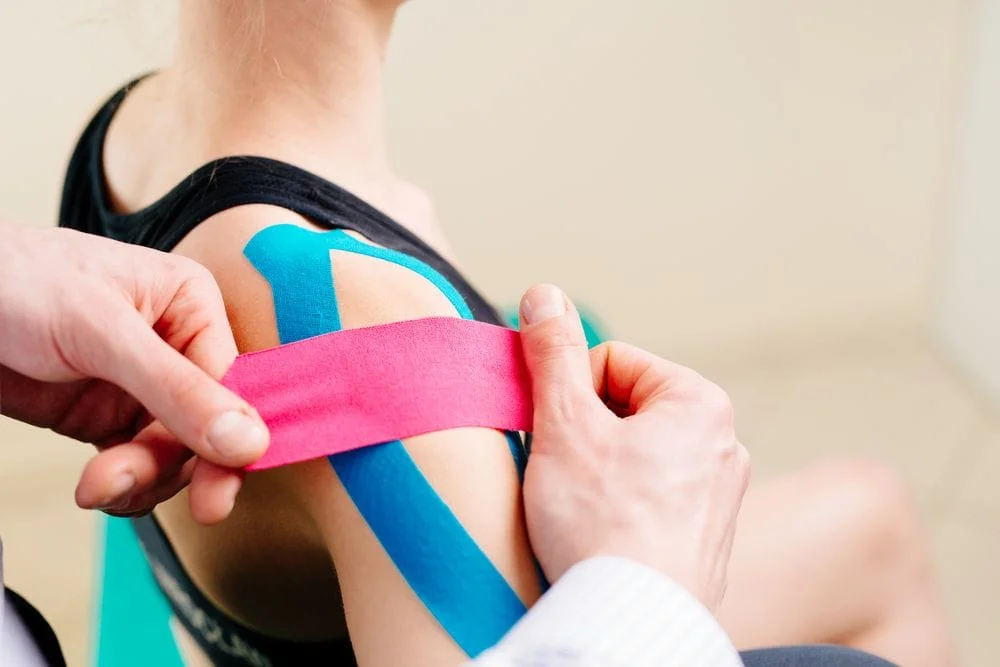Experience what athletes and medical practitioners around the world are calling the rehabilitative and enhancement tool. It's easy and quick application delivers lasting effects.
Quick and Easy Rehabilitative and Enhancement Tool
By now, many people have been able to observe the highly visible athletic uses and the familiar colors and taping patterns used by successful Olympic and professional athletes. But Kinesio® Tape is more than an athletic tape. It is a unique body support tool that has provided new options in rehabilitation and sports medicine throughout the world.
This amazing elastic body support tape has been designed and engineered by Dr. Kenzo Kase for more than 30 years in Japan. Since then, Kinesio Tape has become the standard for body support and rehabilitative taping.
Kinesio Tape received unprecedented publicity and gained popularity when Olympic athletes donned their tape in the 2008 Games in Beijing.
Kinesio Tape isn’t just for athletes! It’s very beneficial for individuals who drive long distances or sit at a desk for long periods of time. This activity contributes to back and neck pain and can be relieved using Kinesio Tape.

Benefits
- Enhance the healing of joint and muscle injuries
- Relax overused muscles
- Reduce swelling and inflammation by improving circulation
- Reduce pain by taking pain off the receptors
Product Features
- Creates a lifting effect on the skin’s surface, which improves body fluid and discomfort.
- May be applied using different amounts and directions of tension for varying degrees of support.
- Is made of gentle cotton fiber.
- Features a 100% medical-grade acrylic adhesive.
- Is totally latex free.
- Does not limit the wearer’s range of motion.
- The distinctive wave-pattern weave moves with the wearer’s movements.
- Allows for 3 to 5 day wear time to provide 24-hour results to the patient and to provide for an economical treatment.
How Product Works
The Kinesio Taping method utilizes Kinesio Tape to lend support and stability to muscles and joints without restricting the body’s range of motion.
Athletes, both novice & professional, often use Kinesio Tape in conjunction with conventional sports taping, such as wrapping and compression, to treat the joint, while protecting it. Muscles can be supported before and after exercise, offerings patients a more gentle approach to rehabilitation. Application is easy to use, but should be properly done by a trained professional.
Proper form of therapeutic rehabilitative elastic taping is extremely important. The tape should be applied along the length of a tired muscle for support. Depending on the injury Kinesio Tape is placed in a range of patterns and pulled in varying degrees of tension. Unlike standard white athletic tape, the adhesive on Kinesio Tape has a lifting effect on the skin, which allows for flexibility. The tape should remain on the injured or affected area for a recommended 2-5 days.